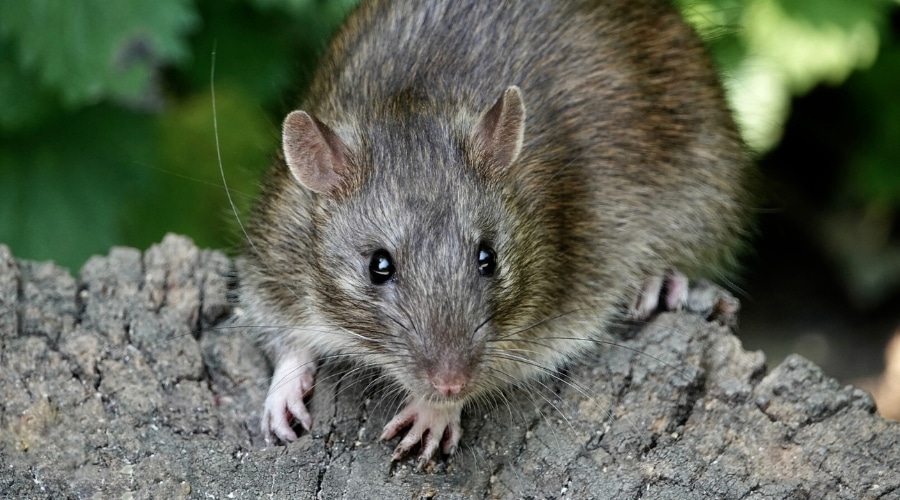
Authorisation changes for rodenticide use in open areas
BASC is advising members of forthcoming changes to the legal authorisation of two second generation anticoagulant rodenticides (SGARS).
Get information on the legal shooting season for mammals and birds in the UK.
Apply for funding for your project or make a donation today
Comprehensive information and advice from our specialist firearms team.
Everything you need to know about shotgun, rifle and airgun ammunition.
Find our up-to-date information, advice and links to government resources.
Everything you need to know on firearms law and licensing.
All the latest news and advice on general licences and how they affect you.
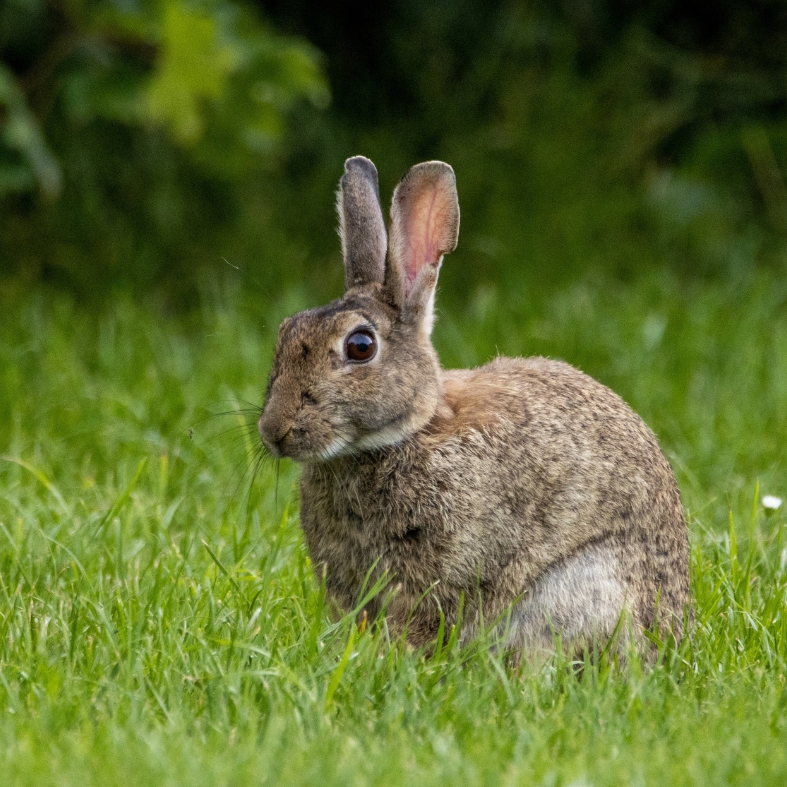

As a former gamekeeper, Ged Hunston fondly remembers rabbit control duties in the ongoing campaign against a resilient source of many problems on farms and shooting land.
Rabbit control was my first introduction to the world of shooting and fieldsports; I am sure this will be the same for many people reading this. As a child, I would spend hours with my second-hand break-barrel .22 air rifle, sitting in wait for the chance to shoot some rabbits.
Other times, I would go out with my friends, taking the nets and the ferrets to work the banks and hedgerows. Following these excursions, we would take home our spoils to the delight of my grandfather. This was a very different era, and some of the places we went back then were, let’s just say, not always by kind permission of the owner, which I guess at that age made the outing even more exciting.
The equipment we used in the mid-70s was a far cry from the expensive, high-tech air rifles, scopes, thermals, etc., which are available to today’s amateur and professional rabbit controllers.
I look back on those days with such fond memories. Although I’m sure there must have been days that didn’t go according to plan, my overriding recollections are of enjoyment, providing a useful service and supplying some tasty food.
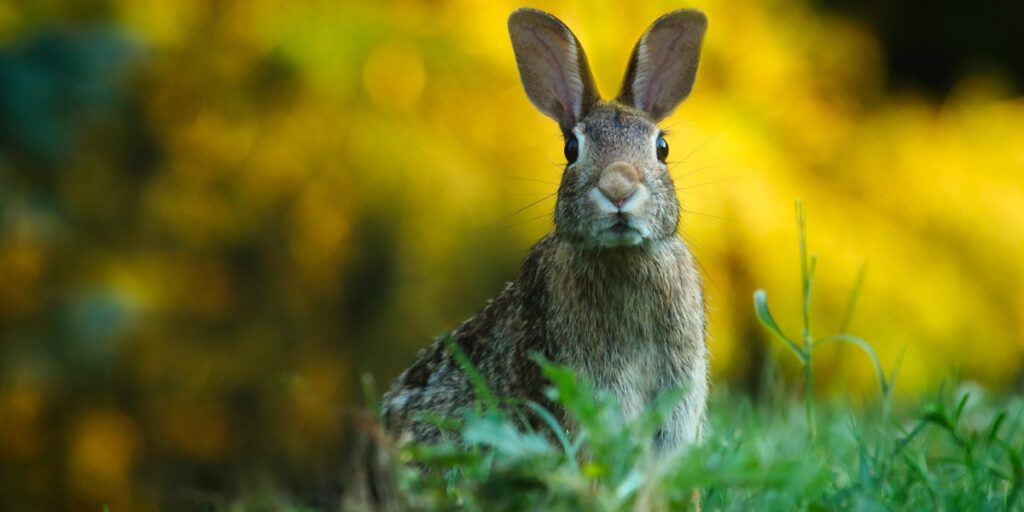
After leaving school, I didn’t go straight into gamekeeping, unfortunately. I had to endure a more nine-to-five lifestyle for a few years first.
I then managed to land my dream job in the Scottish Highlands on a mixed sporting estate across the river from Balmoral. There, my main role was the management of the red grouse population, along with controlling the red and roe deer on the estate. As well as my main tasks, one of my other duties was controlling the rabbits on the main drive leading up to the laird’s house.
In some ways, this was a release valve for me from my more intensive roles. I would go out early on a Saturday morning with the shotgun under my arm, one of the labs and a couple of ferrets, and we would bolt rabbits from their burrows.
If there had been a light dusting of snow overnight, this was a great time to go out, as I could see which holes were being used. And that made my morning’s work both more productive in terms of numbers and far less time-consuming. The snow also helped to sharpen up my shooting, as I could see the shot pattern in the snow, which allowed me to quickly correct the lead if the first couple of rabbits got away from me.
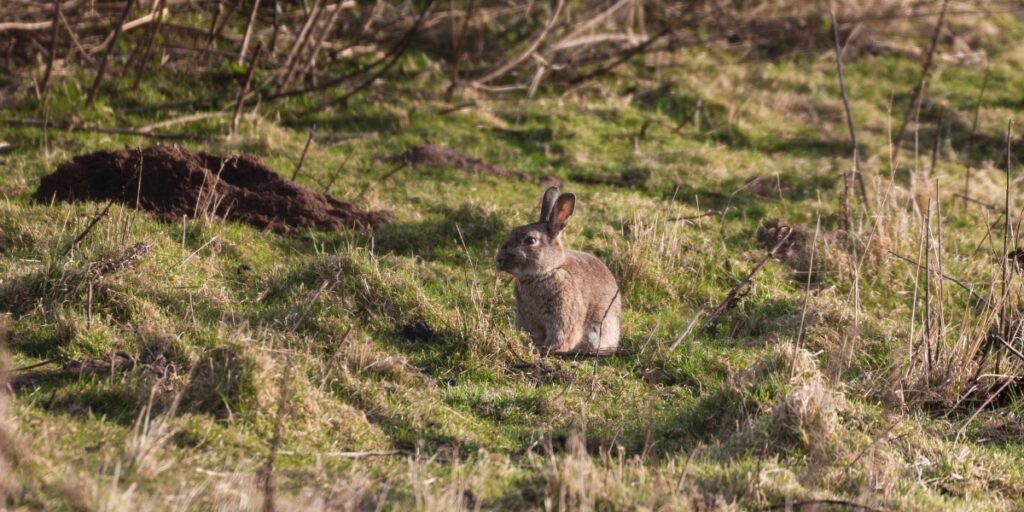
Controlling rabbits never felt like work. The anticipation of the them bolting once the ferrets entered the holes really got the adrenalin pumping. There were only a few seconds to assess the safety of the shot. Once I knew one of my ferrets wasn’t in close pursuit, I’d mount the gun, swing through and pull the trigger as the barrels just clear the nose of the rabbit. All of this had to be done before the quarry has quickly raced out of range of the shotgun.
Later in my career as an upland keeper, controlling the rabbit population was a far more labour-intensive role on some of the estates I worked on. We would have a seemingly never-ending number of rabbits, especially where some of the tenant farmers had agricultural crops sown. My focus then was on how I could become more productive in my management techniques.
One of the big game changers for me was when I first started to use rabbit drop boxes. These are multi-catch live traps, which you use in conjunction with areas fenced off with rabbit netting. They comprise a large box buried under the fence line with a tunnel running across the top. The tunnel has a lockable trap door into the box. The netting is positioned to funnel rabbits into the tunnel.
Allowing the rabbits time to get used to the tunnel and start using it before removing the lock on the trap door will improve the yield. This was a lesson I learned from the estate’s old rabbit catcher who first introduced me to the traps.
If you have a large rabbit population with limited time to devote to their control, these traps are invaluable. They are low maintenance once installed and bring large returns. Up to 15-20 rabbits can be caught in each box.
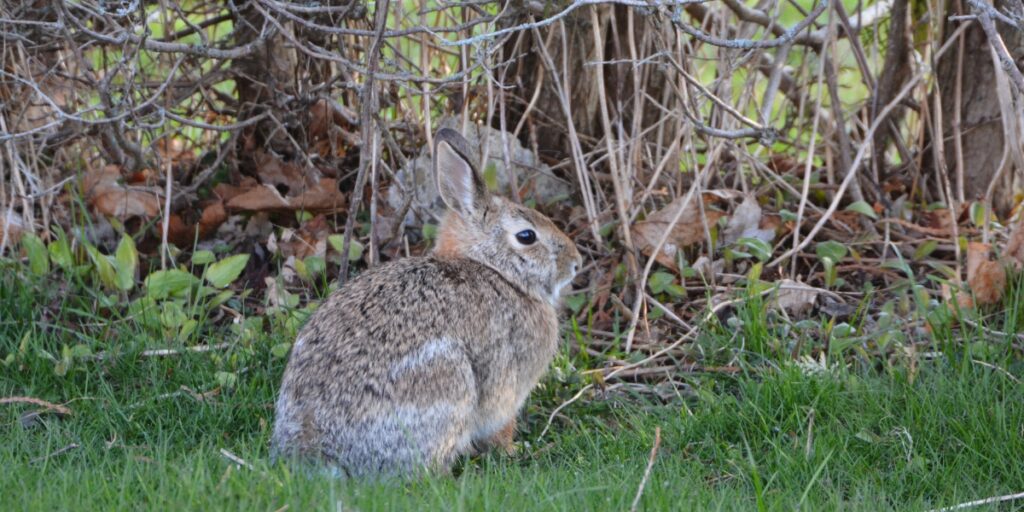
Another method we used to great effect during my time in Scotland was on areas which had been rabbit-netted for a period. We would then roll the netting up around a foot off the ground for a few days. This would allow the rabbits to go in and feed on the vegetation inside.
Then, one night, we would go back, quietly drop the netting back down and secure it to the ground again. This done, we would go into the field/area with a team, lamping and shooting the rabbits caught inside. We could get anything from 50 to 200 rabbits on a single night.
The control of rabbits is vital, especially when they are found in large numbers in a particular area. They can cause untold damage to arable crops and the subsequent yield. They also have an impact on forestry by stripping bark and grazing on saplings.
Rabbits are a problem for conservation, too. They over-graze wild plants and vegetation, leading to the loss of native plant biodiversity. They can also cause injury to livestock (and humans) when legs go down burrows, and ankles, knees and more get twisted or broken.
However, rabbit control will always bring back special memories for me of happy times spent with colleagues. It was always thoroughly rewarding to be able to protect areas from damage. And best of all, provide entirely wild, sustainable and tasty meat for the table.
Looking for more information? Read more on our pest control pages.
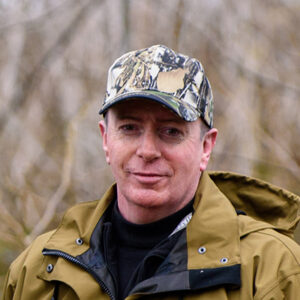

BASC is advising members of forthcoming changes to the legal authorisation of two second generation anticoagulant rodenticides (SGARS).
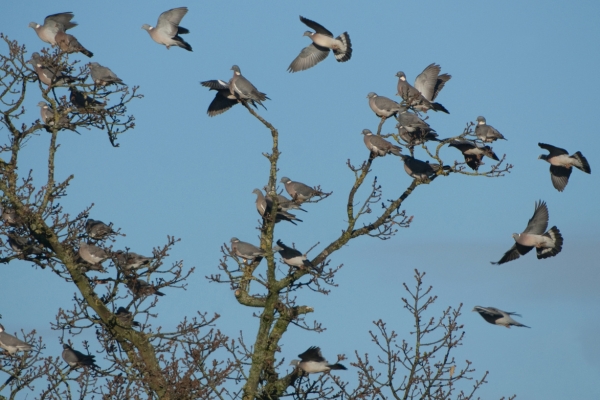
BASC member Richard Hall shares his journey from clay shooting to the rewarding experience of roost shooting.
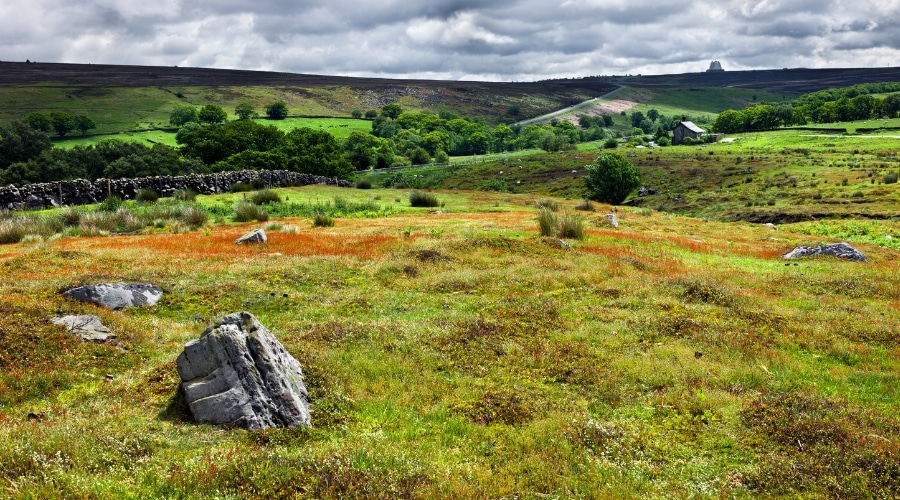
Defra has critically underestimated the number of shoots which will be impacted by its decision to restrict gamebird release in areas of England.